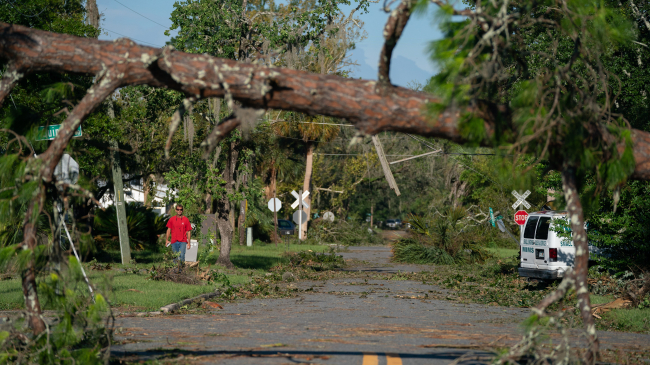NOAA to host media teleconference on lessons learned and future improvements
NOAA to host media teleconference on lessons learned and future improvements

Aerial shot of St. John's Hospital in Joplin, Mo., following the May 22, 2011 EF-5 tornado. (Image credit: NOAA)




